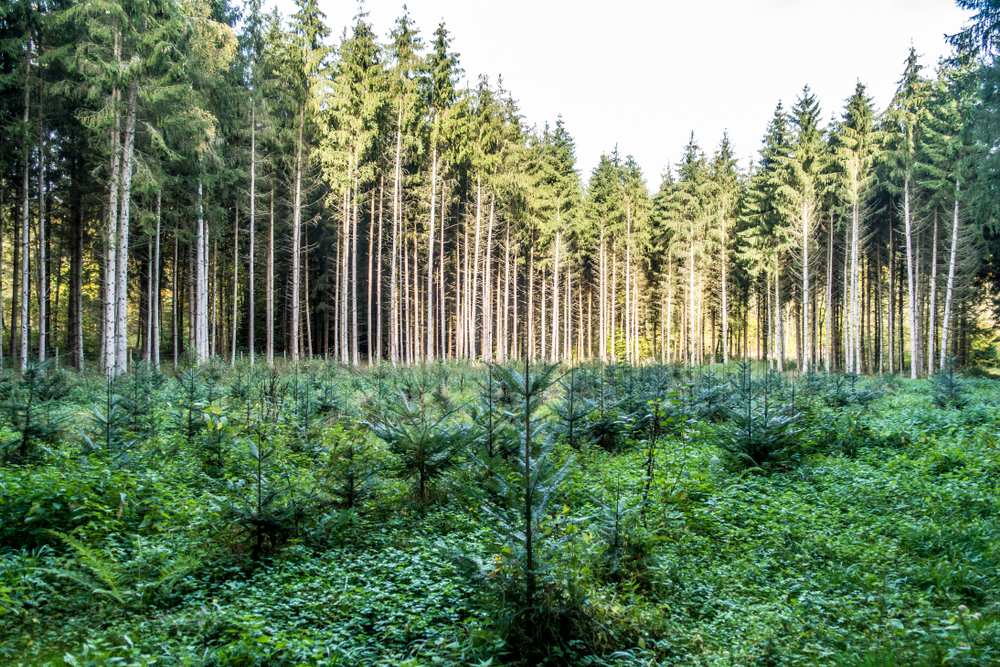The green shoots of change
Biodiversity loss and pandemic risk are inextricably linked. To build back better for all, pandemic recovery efforts must place biodiversity at their heart
G7 leaders will convene in Cornwall in truly unprecedented times. As the world starts to recover from the COVID-19 pandemic as a result of global vaccination programmes and begins to build back better, it is more imperative than ever to pave an inclusive and effective path towards achieving the 2030 Agenda for Sustainable Development.
The pandemic has further highlighted the importance of the relationship between people and nature and the need to completely change it. Although the relationship between biodiversity and infectious disease is complex, it is clear that the loss and degradation of biodiversity undermine the web of life and increase the risk of disease spillover from wildlife to people. A recent report of the Intergovernmental Panel on Biodiversity and Ecosystem Services noted that the underlying causes of pandemics are the same global environmental changes that drive biodiversity loss and climate change. These include land use changes, agricultural expansion and intensification, and wildlife trade and consumption. These drivers bring wildlife, livestock and people into closer contact, and allow animal microbes to move into people. They lead to infections, sometimes outbreaks and, more rarely, into true pandemics that spread through road networks, urban centres, global travel and trade routes. Accordingly, reducing deforestation and the loss, degradation and fragmentation of habitats in general, plus slowing down the encroachment of people and livestock into biodiverse areas, are all likely to reduce pandemic risk.
ECONOMIC INCENTIVE FOR CHANGE
Decreasing disease risk through the conservation and sustainable use of biodiversity is highly cost-effective. As the last year has so tragically shown, pandemics and other emerging zoonoses cause widespread human suffering, and likely more than a trillion dollars in economic damages annually (with COVID-19 already costing tens of trillions). However, global strategies to prevent pandemics that are based on decreased wildlife trade and land use change, biosafety and increased One Health surveillance are estimated to cost one or two orders of magnitude less than the damages produced by those pandemics. This provides a strong economic incentive for transformative change.
The Contracting Parties to the Convention on Biological Diversity are currently developing the post-2020 global biodiversity framework for adoption at the 15th meeting of the Conference of the Parties in Kunming, China. Talks on a revised zero draft of the framework are under way, although delayed due to the pandemic. It is invigorating to see a growing number of world leaders already underscoring the important role of biodiversity as a key environmental determinant of human health. The conservation and sustainable use of biodiversity can benefit human health by maintaining ecosystem services and options for the future – this was the clear message from the United Nations Biodiversity Summit held in September 2020. Indeed, this message and the various commitments announced by heads of states and governments at the summit have been very helpful in maintaining the requisite political momentum on the road to Kunming. I am very encouraged to expect a similarly strong message sent by G7 leaders in their joint statement on the road to the Cornwall Summit.
Given these links between biodiversity loss and pandemic risk, as well as the importance of biodiversity in addressing climate change and for sustainable development more generally, recovery measures must address the common drivers of biodiversity loss and pandemic risk and contribute to the conservation and sustainable use of biodiversity. The Cornwall Summit provides an excellent opportunity for G7 leaders to send a strong joint message in this regard. It would highlight the importance of mainstreaming biodiversity in post-pandemic recovery efforts that build back better for all, and thus re-emphasise the essential role of biodiversity in achieving the 2030 Agenda and the Sustainable Development Goals. Putting forward strong and tangible commitments to this effect would galvanise further political momentum for the development and, once adopted, effective implementation of the post-2020 global biodiversity framework, as an essential contribution to the United Nations decade of action on achieving the SDGs.












